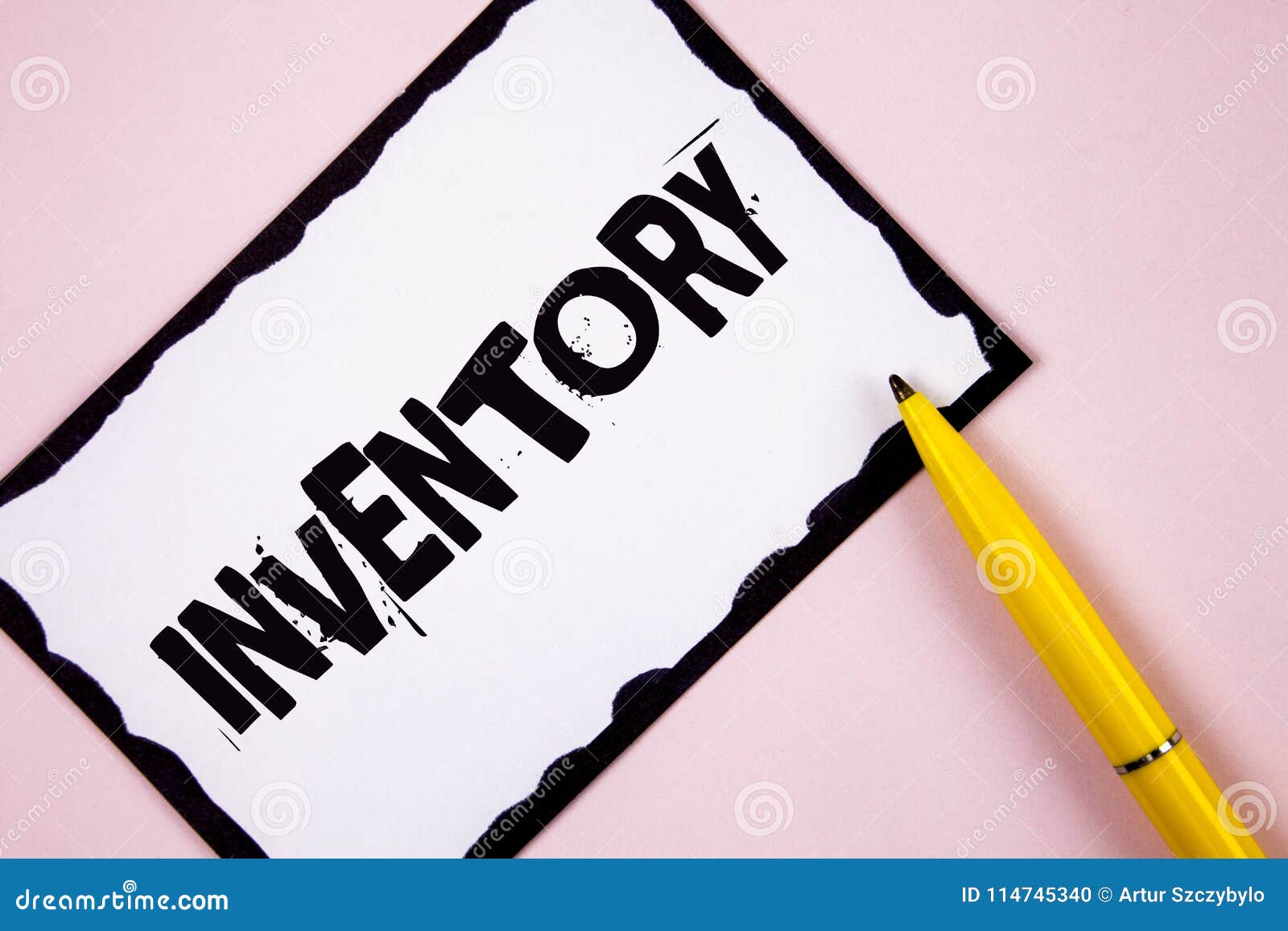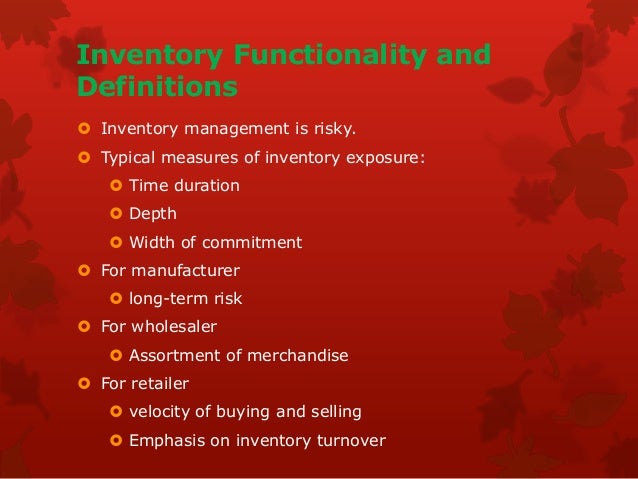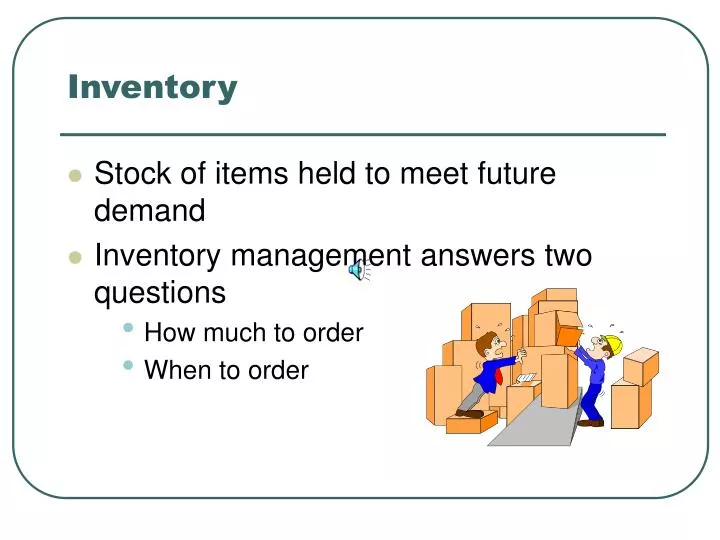
An accurate measure of ending inventory is important not only for the current period but also for future periods because each period’s ending inventory is used as the beginning inventory for the next period.Ĭompanies can also compare their calculated ending inventory value with actual physical inventory to identify potential problems, such as inventory shrinkage. Ending inventory valuation therefore affects the amount of income tax the company needs to pay for the period. This directly affects the gross profit reported on the income statement, which is calculated by subtracting COGS from net sales revenue.

The cost of inventory that’s sold during each period is subtracted from ending inventory and added to the company’s COGS. Ending inventory is recorded as a current asset on the balance sheet at the end of each period for retailers and some other businesses, it is often the most valuable asset. The calculation of ending inventory affects both the company’s balance sheet and income statement, which are two of the primary financial statements closely scrutinized by executives, lenders and investors. How Is Ending Inventory Used?ĭetermining the value of ending inventory helps companies get a clear picture of their financial health. Efficient inventory management helps companies ensure they have enough goods to supply customers and set appropriate pricing and sales strategies. In the retail sector, accurately assessing ending inventory as part of a broader inventory management process may be critical to a company’s survival. Ending inventory has implications for business strategy and planning. The choice of inventory valuation method also affects the company’s cost of goods sold (COGS), which, in turn, has an impact on the company’s gross and net profit and resulting tax liability. Ending inventory can be among the company’s biggest assets, so it’s important to ensure it is accurately tracked and valued. Tracking ending inventory is important for business management, accounting and tax purposes. Where an accurate count of inventory items is not feasible, it may be possible to estimate ending inventory from other business data. Companies then choose an appropriate method to assign a value to those items in order to calculate the total value of ending inventory.
PERSONAL INVENTORY MEANING SOFTWARE
This tracking can be performed automatically using inventory management software and when necessary confirm those numbers using physical inventory counts.

To calculate ending inventory, businesses need to track the number of inventory items they have.

Calculating ending inventory is important for businesses in virtually every industry. What Is Ending Inventory (or Closing Inventory)?Įnding inventory, also known as closing inventory, is the value of goods that a company has available for sale at the end of a given accounting period. Companies can use a variety of methods to calculate ending inventory, the choice of which affects both the company’s balance sheet and its income statement. Businesses using inventory management software don’t need to actually calculate ending inventory, since they have a constant view of it, but they will report inventory level for accounting purposes.

Accurately assessing ending inventory is essential for a clear picture of the company’s assets, profit and tax liability. East, Nordics and Other Regions (opens in new tab)Įnding inventory, defined as the value of sellable inventory remaining at the end of an accounting period, is a crucial metric for any business that sells goods.


 0 kommentar(er)
0 kommentar(er)
